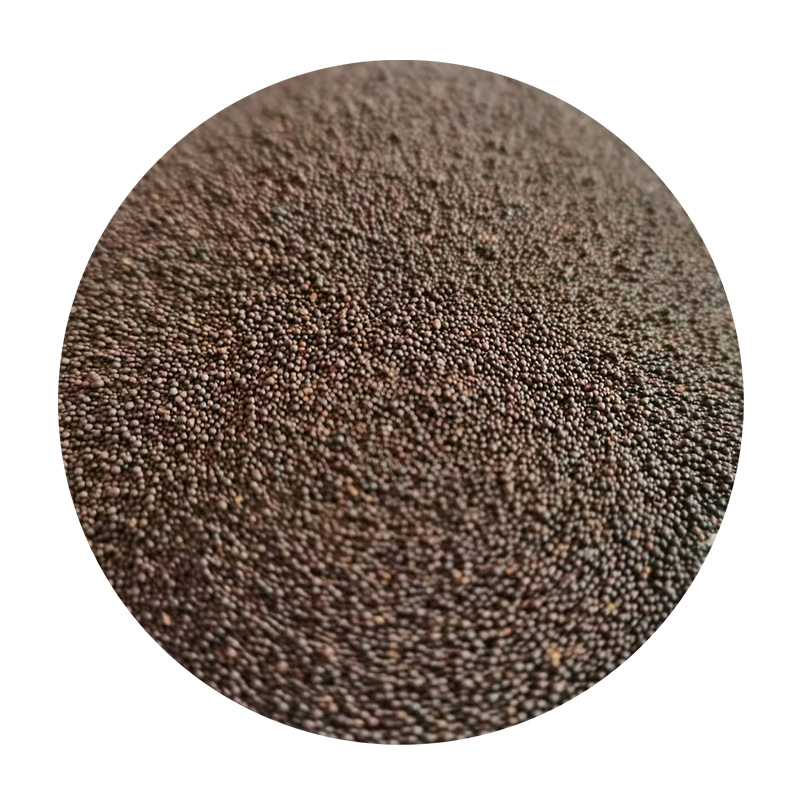Sanding Resin 3D Prints A Guide to Achieving a Smooth Finish
The realm of additive manufacturing has revolutionized the way we create complex shapes and intricate designs. Among the various printing technologies, resin 3D printing stands out due to its ability to produce high-resolution parts with exceptional detail. However, one common challenge that enthusiasts and professionals face is the finishing of resin prints, particularly achieving a smooth surface. Sanding is a key technique that can transform a rough, textured print into a polished masterpiece.
Understanding Resin Prints
Resin printing, primarily done through processes like Stereolithography (SLA) and Digital Light Processing (DLP), uses photopolymer resin that hardens when exposed to light. While the detail of these prints is impressive, the surface finish often leaves something to be desired. Prints may come off the build platform with visible layer lines, support scars, and a generally rough texture. To overcome these limitations, sanding becomes a crucial step in the post-processing workflow.
The Sanding Process
1. Preparation Before you begin sanding, ensure that your prints are clean. Remove any uncured resin, which can cling to the model even after the printing process. Use isopropyl alcohol (IPA) and a soft cloth or a brush to wipe down the surface.
2. Choosing Sandpaper Selecting the right sandpaper is critical. Start with a lower grit paper (around 100-200 grit) to tackle rough areas and gradually move to higher grits (up to 1000 or more) for a smooth finish. The finer the grit, the smoother the surface will become.
sanding resin 3d prints

3. Sanding Technique When sanding, use circular or back-and-forth motions, applying light pressure to avoid gouging the resin. Make sure to sand evenly across the surface, as uneven pressure can create more imperfections.
4. Sanding Water For an even smoother finish, consider wet sanding. This involves dampening the sandpaper; the water helps reduce friction and prevents the paper from clogging with resin dust. It also minimizes dust inhalation and can provide a glossier finish.
5. Final Touches After sanding, inspect the print for any remaining imperfections. You may need to repeat the sanding process with a finer grit to achieve the desired level of smoothness. Once satisfied, rinse the model with water and allow it to dry completely.
Finishing Options After Sanding
Once your resin print has been sanded, there are additional finishing techniques you can employ. Painting is a popular option; applying a primer can help further smooth the surface and prepare it for final painting. Additionally, consider using a clear coat or varnish to give a protective layer that enhances shine and durability.
Conclusion
Sanding resin 3D prints is an essential skill for anyone looking to elevate their models from mere prints to high-quality finished products. With the right preparation, tools, and techniques, you can achieve a remarkably smooth surface that highlights the intricate details of your designs. Whether for professional use or personal projects, honing your sanding skills will undoubtedly enhance the overall quality and presentation of your 3D printed works. Happy sanding!
Post time:10 月 . 11, 2024 07:45
Next:sand casting sand
